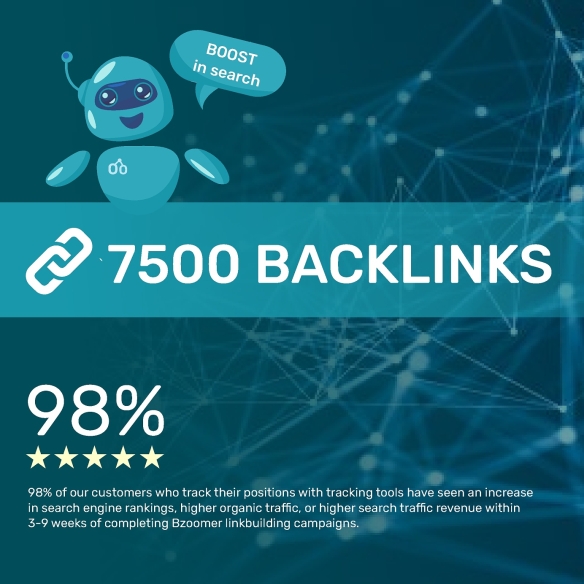A Feasibility Study is one of the most important documents when evaluating whether a business concept, expansion plan, or investment project is viable. It provides decision-makers, lenders, and investors with data-driven insights into the project’s practicality, profitability, and long-term sustainability. Whether you are launching a new manufacturing facility, expanding agricultural operations, or seeking funding for a small business, a well-executed Feasibility Study serves as the foundation for secure, confident planning.
For U.S. businesses, two major funding pathways often require highly specialized types of studies: the USDA Feasibility Study and the SBA Feasibility Study. Each comes with its own standards, technical requirements, and compliance expectations. Understanding these differences—and preparing accordingly—can significantly increase your chances of obtaining approval.
What Is a Feasibility Study?
A Feasibility Study evaluates whether a proposed project makes economic and operational sense. It analyzes a combination of market data, financial projections, operational planning, technical considerations, and risk factors to determine the project’s likelihood of success.
Most professional studies include:
-
Market Analysis – Demand, competitors, industry trends, and pricing projections.
-
Financial Feasibility – Revenue forecasts, operating costs, profit margins, and cash-flow projections.
-
Technical Feasibility – Required equipment, location suitability, infrastructure, and operational processes.
-
Organizational Feasibility – Management structure, staffing needs, and operational workflows.
-
Risk Assessment – Potential obstacles and mitigation strategies.
-
Economic Impact – Jobs created, community benefits, and long-term sustainability.
A high-quality study demonstrates that the project is not only profitable but also sustainable and strategically sound.
Understanding the USDA Feasibility Study
A USDA Feasibility Study is required for many loan and grant programs under the United States Department of Agriculture—especially those under Rural Development (RD) programs. These include:
-
Business & Industry (B&I) Loan Guarantees
-
Rural Energy for America Program (REAP)
-
Value-Added Producer Grants
-
Rural Innovation Stronger Economy (RISE) Grants
The USDA places strong emphasis on:
-
Independent third-party authorship
-
Extensive market and industry data
-
Detailed technical evaluation, especially for energy, agricultural, and value-added projects
-
Comprehensive financial modeling with sensitivities
-
Objective risk identification
A USDA Feasibility Study must prove the project will benefit rural communities and maintain long-term economic stability. Because USDA reviewers expect a high level of detail, businesses often rely on firms specializing in rural development studies.
What Is Included in an SBA Feasibility Study?
A SBA Feasibility Study is often required when applying for SBA-backed financing, especially for:
-
SBA 7(a) loans
-
SBA 504 loans
-
Startups seeking lender approval
-
Special-use property financing (restaurants, hotels, medical practices, childcare centers, gas stations, etc.)
Lenders want to see realistic proof that the business can generate enough revenue to service the debt. An SBA Feasibility Study typically includes:
-
Market feasibility focused on local demand
-
Detailed financial projections for 3–5 years
-
Break-even analysis
-
Operational planning, staffing, and management evaluation
-
Loan repayment capability analysis
Because SBA loans often involve startup risks, lenders look for highly credible research and conservative assumptions.
Why a Professional Feasibility Study Matters
Both USDA and SBA loan officers expect studies to be:
-
Thorough
-
Data-backed
-
Unbiased
-
Industry-specific
-
Prepared by qualified experts
An inadequate or generic document can lead to delays or outright denial of funding. A custom-developed Feasibility Study not only meets compliance requirements but also helps entrepreneurs avoid costly mistakes by identifying operational, financial, or market risks before committing capital.
Some of the biggest advantages include:
-
Better loan approval rates
-
Improved investor confidence
-
Clearer operational strategy
-
Stronger financial planning
-
Reduced project risk
Building a Strong Foundation for Project Success
Whether you require a general feasibility assessment, a highly detailed USDA Feasibility Study, or a lender-ready SBA Feasibility Study, investing in a professionally prepared report dramatically increases your project’s credibility. A well-structured study eliminates guesswork and provides concrete evidence that your concept is viable, profitable, and worth funding.
Comprehensive feasibility analysis is more than a formal requirement—it’s a roadmap for sustainable growth and long-term success.


